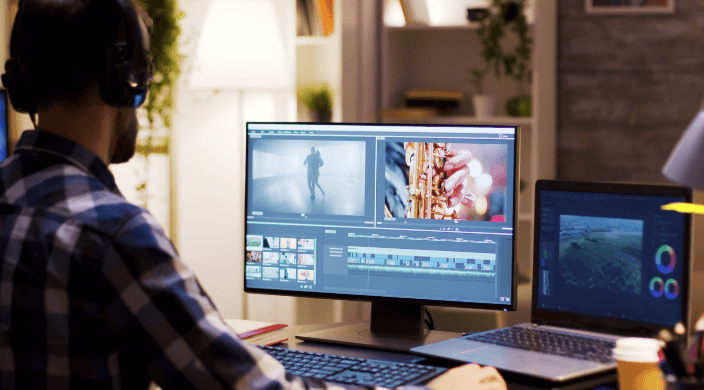The Psychology of Cuts: How Editing Affects Viewer Perception

The intricate relationship between editing and viewer perception reveals a rich tapestry of psychological influences that shape our engagement with narratives. Cuts serve not merely as transitions but as powerful tools that can evoke specific emotional responses and manipulate the viewer’s experience. By strategically employing various techniques, editors can alter the pacing and tension within a story, ultimately guiding audiences through a curated emotional landscape. This raises a critical question: how do these subtle yet profound changes in editing choices affect our understanding of character motivations and thematic depth?
The Role of Editing in Storytelling
In the realm of storytelling, editing serves as the critical lens through which narratives are refined and shaped.
It enhances character development, allowing audiences to connect deeply with protagonists while maintaining a cohesive narrative flow.
Emotional Impact of Cuts
Cuts in film and storytelling hold the power to evoke profound emotional responses, acting as pivotal moments that can shift the audience’s perception and engagement.
These transitions enhance emotional resonance by carefully manipulating narrative flow, allowing viewers to experience shifts in mood and tone.
A well-timed cut can transform a scene’s impact, drawing the audience deeper into the characters’ emotional journeys.
Pacing and Viewer Engagement
Maintaining an effective pace in film is crucial for sustaining viewer engagement, as it dictates the rhythm of the narrative and influences audience investment in the story.
A well-executed cut rhythm can enhance viewer attention, guiding them through the unfolding events.
Conversely, erratic pacing risks alienating the audience, ultimately diminishing their connection to the narrative and reducing overall engagement.
Techniques for Building Tension
Effective pacing not only sustains viewer engagement but also serves as a foundation for building tension within a narrative.
Employing suspense techniques, such as strategic cuts and unexpected transitions, amplifies uncertainty. Visual cues, like close-ups of anxious expressions or ominous shadows, heighten anticipation.
Together, these elements create a compelling atmosphere, inviting audiences to lean in, fully immersed in the unfolding drama.
The Influence of Shot Duration
Shot duration plays a crucial role in shaping a narrative’s emotional impact and pacing. Shorter shot lengths can heighten tension and maintain viewer attention, fostering a sense of urgency.
Conversely, longer shots allow for introspection, inviting viewers to engage more deeply with the narrative. This dynamic interplay between shot duration and viewer perception ultimately shapes the storytelling experience, influencing emotional resonance.
Conclusion
In the realm of film, editing serves as a sculptor, chiseling raw footage into a refined narrative that resonates deeply with viewers. For instance, the famous shower scene in Alfred Hitchcock’s “Psycho” employs rapid cuts to evoke visceral fear, transforming a simple act into a harrowing experience. This technique illustrates how well-timed transitions can manipulate emotional responses, underscoring the profound impact of editing in shaping perceptions and enhancing storytelling. Ultimately, the art of editing is pivotal in the viewer’s emotional journey.





